The bra and underwear company Third Love were perhaps unaware that their focus on breast shape types would lead to unlikely allies: plastic surgeons. Their website hosts a “Breast Shape Dictionary”, showing 9 specific breast shapes women may categorize into so that they may purchase a better-fitting bra.
The shape of breasts has been an area for board certified plastic surgeons for a long time. This may seem obvious, but the education and consultation elements of a breast augmentation are where it matters. Many patients might believe that there is only one breast type, they don’t have it, and they want it. Expert breast surgeons have and must council such patients and describe that there are in fact many shapes breasts come in and a breast augmentation will work to make their own shape the best it can be.
Third Love’s 9 Breast Shapes
For Third Love, they decided 9 was a handsome enough number to stop at it when it comes to breast shapes. When one asks a plastic surgeon, they are more apt to add a zero or two to that number.
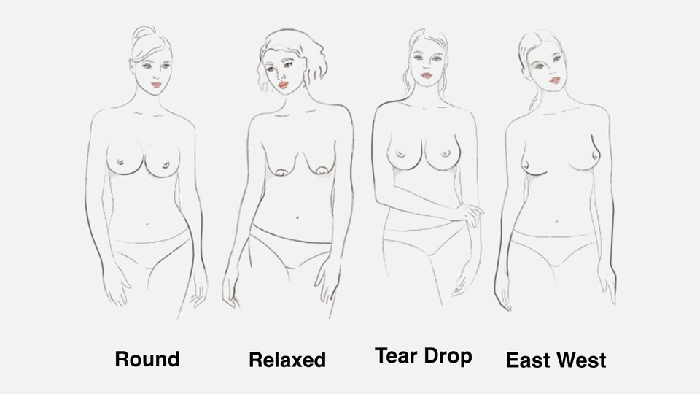
Dr. Brian Brzowski, a board certified plastic surgeon practicing near Salt Lake City, says he’s excited that companies are admitting the difference in breast shapes. “It’s remarkable,” he shares. “I’m actually very excited that they’re finally starting to figure out that all women aren’t shaped the same way, just based on cup-size and chest diamater. But 9 shapes? I’m thinking 900 shapes!”
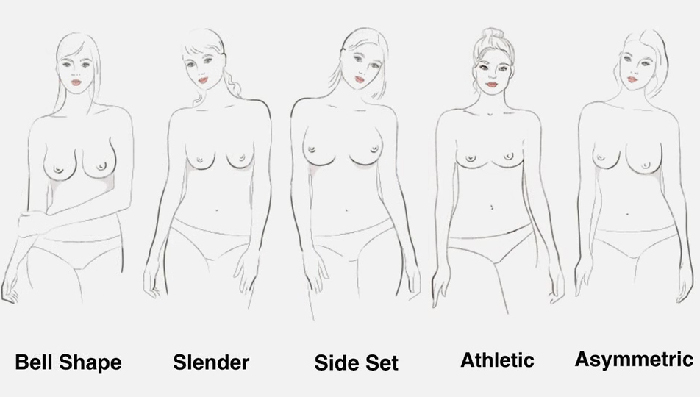
Even though the 9 shapes are fairly accurate, there are many in between shapes and perhaps even shapes beyond the ones provided by Third Love. When it comes to breast augmentation, it’s less about fitting someone into a mold and more about addressing the unique shape of the patients breasts and working from there to enhance them.
“There is no bureau of weights and measures for breast shapes and sizes,” explains board certified plastic surgeon Dr. Stafford Broumand of New York City. “There is no standard, so you can divvy it up anyway you want. What we have to do is address each patient’s body type and design a breast augmentation or breast reconstruction with those breasts.”
Will This Take Hold in the Market?
Bra sizing has been a nightmare for women since their invention. If we’re talking 9 different shapes at an extreme minimum – all before measurements are discussed – that leads to an equation with a lot of variables. Simply grabbing a “B Cup” bra off the rack probably isn’t going to fit as it should.
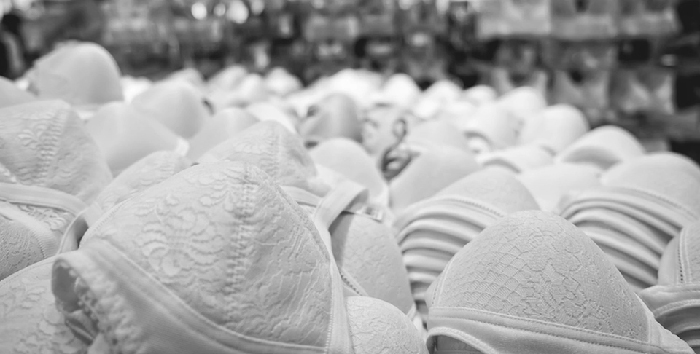
“I like the idea of the different shapes,” says Dr. Ashley Gordon, a board certified plastic surgeon practicing in Austin. “I’m not so keen on the half-a-cup size idea. It’s already confusing enough because all the manufacturers are different.”
If Not the Market, Will Breast Shape Differences Help Breast Aug Consults?
Why this excites breast augmentation experts is it lessens the blow that sometimes occurs during consultation. For women unfamiliar with the variety of breast shapes and body types, the truth about their own body could be less than desired, i.e. their breasts may not ever be what they believe in their mind to be ideal. Changing one type to another in an extreme fashion could be problematic, and this is a hurdle that surgeons face time and again during a consultation.
“If we can present this to our patients, it makes their expectations reasonable,” believes Broumand. “And not try to create something that cannot be created, something different. If they have that understanding, that’s all part of the understanding we’re trying to give our patients before surgeries.”
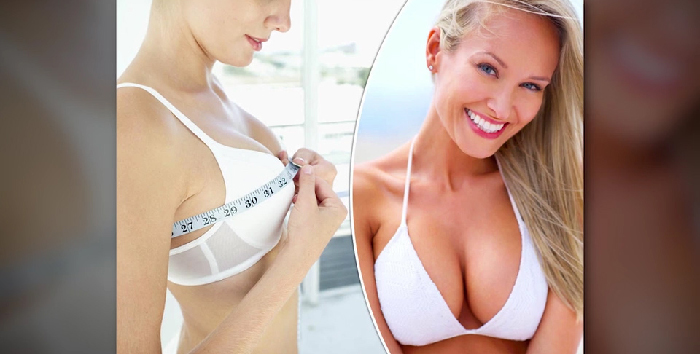
The more valid information available to patients – and the public in general – the better surgical outcomes may be. Especially when it comes to breast augmentation, the consultation process is incredibly important. Both patient and surgeon need to work together to get on the same page so that when it’s time for surgery, there will be no surprises.
“I think it’s nice that they can see it in another venue than the plastic surgeons office,” says Gordon. “Sometimes when we have to say the shape is this or that, even in a really nice, gentle way, I think sometimes we’re the bearer of bad news. If they would have had that information before, it would have made for a better consultation.”

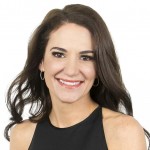
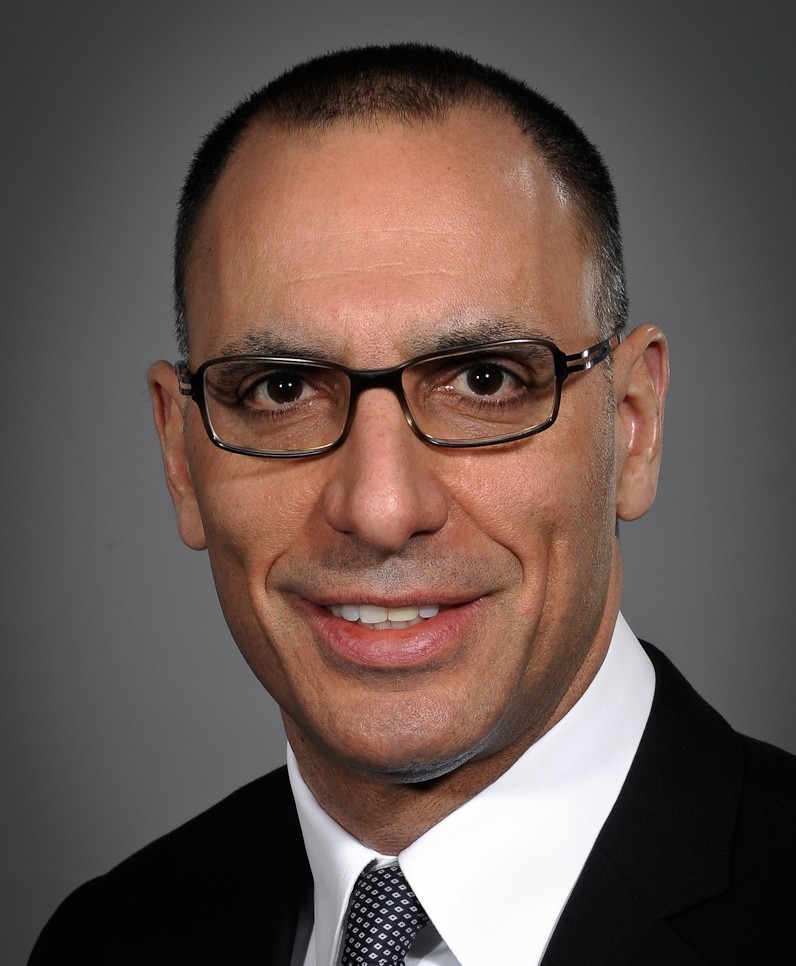
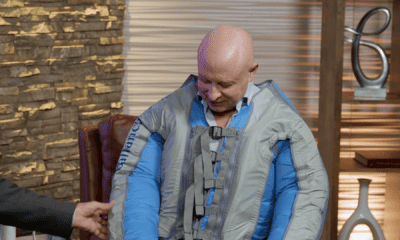
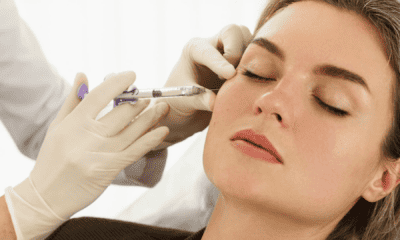


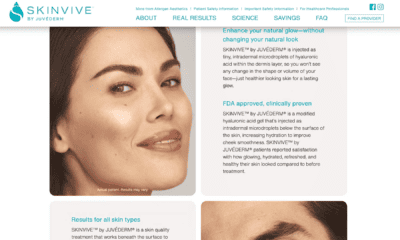


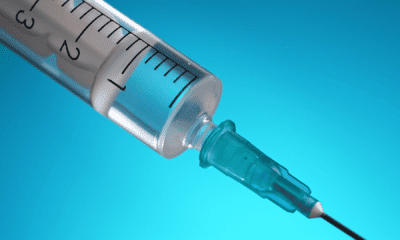





Facebook
Twitter
Instagram
YouTube
RSS